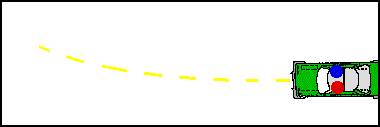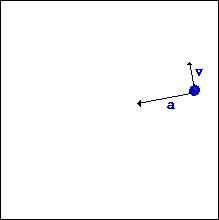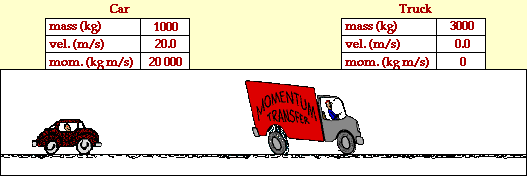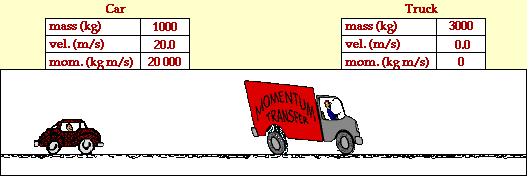
Regents Earth Science
Honors Regents Physics

UNIT 2: Mechanics
Scroll down for review videos, animations, diagrams, and links.
UNIT 2 Review: 1-D Motion
Describing Motion with Position-Time and Velocity-Time Graphs:
Review these animations to describe motion using P-T and V-T graphs.
Note: Special thanks to the Physics Classroom for the development of these animations on this page.
Constant Positive Velocity

Positive Velocity and Positive Acceleration

Negative Velocity and Negative Acceleration
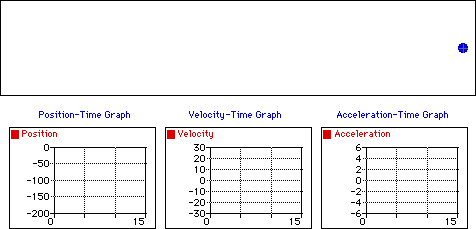
Constant Negative Velocity

Positive Velocity and Negative Acceleration

Negative Velocity and Positive Acceleration
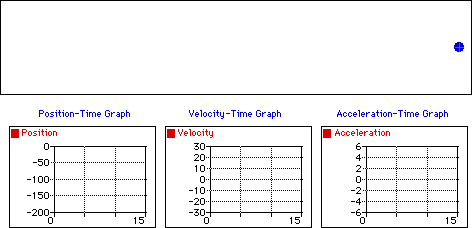
The Passing Lane

The lines intersect on the position-time graph, since the red car passes the blue car meaning there is an instant where the the two cars occupy the same postion.
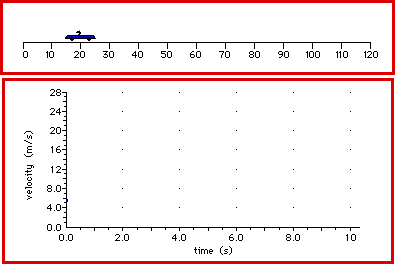
Since the cars never have the same velocity, the lines on the velocity-time graph never cross.
Area Under the Curve Review Video:
Check out this review video on why distance is area under the line on a velocity-time graph.
Note: Thank you to Khan Academy for providing this video.
Note: Thank you to Brian Swarthout for providing this video.
Free Fall Review:
The Hammer and Feather Experiment:
Note: Thank you to URNScienceShow for providing this video.
The Math Behind Michael Jordan's Legendary Hang Time:
Newton's Laws of Motions
Newton's 1st Law:
Newton's 2nd Law:
Newton's 3rd Law:
Newton's 3 Laws:
Would You Weigh Less In An Elevator?
Normal Force In An Elevator
Physics of Skydiving:
Note: Thank you to Khan Academy, Ted Ed, and mixx2 for providing these videos.
Static and Kinetic Friction:
Note: Thank you to Khan Academy for providing this video.
Quarterly Exam Review:
For an additional copy of our study guide, please click the button below. Also, check your part 2 practice problems with the key below:
Check out the link to our Jeopardy PPT for further practice questions and review after our review on 11/23. Just click on the 'Jeopardy PPT' button below:
Want more practice? Check out the force and friction practice problems posted on study island below:
UNIT 2 Review: 2-D Motion
Vectors in 2-D
Vector Addition (Graphically):
Here's a demonstration and explanation of additing vectors in 2D graphically using a scaled diagram:
2D Parallelogram Method:
Check out this review video for an alternate take on the paralleogram method of vector addition in 2D:
Note: Thank you to the PhysicsEH for providing the review video.
2D Vector Component Method:
Check out these videos to review vector resolution (breaking a vector into components) to add them and find the resultant:
Note: Thank you to Brian Ellis for providing the review video.
Note: Thank you to gbsphysics for providing the review video.
Vector Addition: The Order Does NOT Matter

Relative Velocity:


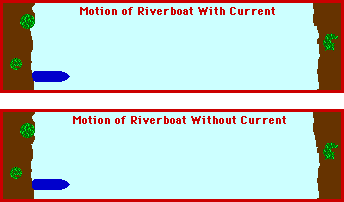
Horizontally Launched Projectiles:
Review Video:
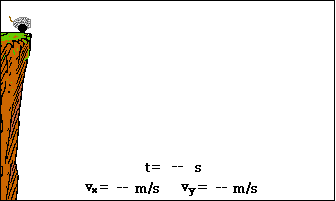
Note: Thank you to We Are Showboat for providing the review video.
Projectiles Launched at an Angle:
Review Video:
Note: Thank you to Khan Academy for providing the review video.
Maximum Range:

Inclined Plane:
Review Video:
Note: Thank you to Khan Academy for providing the review video.
2D Motion Exam Review:
For an additional copy of our study guide, please click the button below. Also, check your sample problems with the key below:
Check out the link below for additonal practice problems with solutions:.
Want more practice? Check out the 2D practice problems posted on castle learning and from our jeopardy review below:
Circular Motion
Universal Gravitation
How to Think About Gravity:
Gravitational Field Strength:
Satellite Motion:
Launch speed < 8,000 m/s
Projectile falls to Earth

Launch speed =8,000 m/s
Projectile orbits Earth - Circular Path
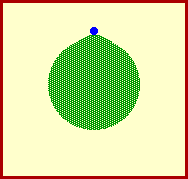
Launch speed < 8,000 m/s
Projectile falls to Earth
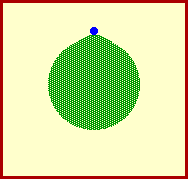
Launch speed >8,000 m/s
Projectile orbits Earth - Elliptical Path
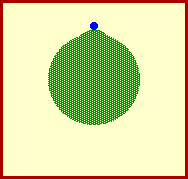
Newton's Law of Universal Gravitation:
Orbital Velocity and
Period:
Gravity Interactives:
Note: Thank you to Ted Ed, Khan Academcy and Bozeman Science for providing these review videos and to the physicsclassroom.com for the interactives and animations.
Momentum
Note: Thank you to the EngineerItProgram for providing the review video.
Centripetal Acceleration Part 2:
Note: Thank you to TED Ed for providing this video.
